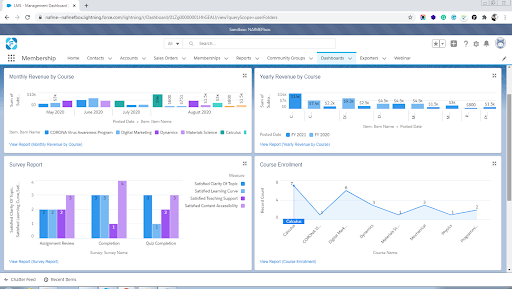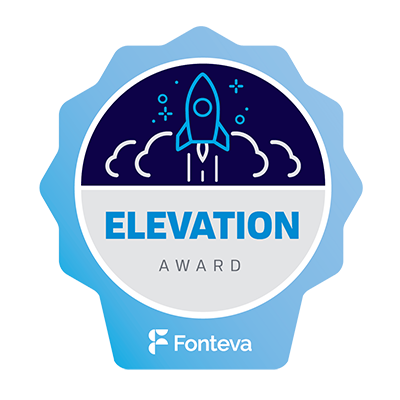API stands for Application Programming Interface, which plays a significant role in software development. An API shares its functionality to other systems through interfaces, connects systems and interfaces with each other, opens data silos, and lets developers of different applications access existing data sources. With the fast pace of development and ecosystem of organizations, at one point, it’s given that they need multiple applications to manage their associations.

Integrating an API with your AMS opens multiple functional units and lets you connect various platforms within your ecosystem. The thought of connecting systems and partners in real-time sounds appealing. However, before moving forward and downloading an API to integrate with your system, it’s important to sit back and evaluate the benefits and scenarios associated with the same.
In this post, we are going to explore:
Table of Contents
ToggleWhy Integrate APIs And AMS?
Understanding your marketing tools and the need to integrate them is essential. If every part of your organization is not aware of the tools you are currently using, they are missing out on features and benefits they can enjoy, which in turn limits you from using the integration up to its highest potential. Let’s dig into what to expect out of a Salesforce API integration:
1. Single Data Source
Suppose your marketing team uses Pardot to understand your members and their interests. Pardot actively scores your members and leads based on their activities and later converts prospects into leads; this information is then passed to the sales team. Now, suppose you have two systems running, Pardot or CRM/AMS. The sales team will not be aware of the lead’s complete background unless they personally contact the marketing team about their interests and necessary additional information.
However, if your Pardot and AMS/Salesforce are integrated, all that information about prospects and leads will be automatically passed on to the sales team. This will enable the sales team to create a crisp sales pitch as they are empowered with information about the lead’s interests and successfully close the deal.
2. Enable Members to Socialize
When members join your organizations, there is a high possibility they want to connect with other members with similar interests, as networking can let them grow through socializing in the community. To let this happen, it is your responsibility to provide them with a social platform that sparks networking and engagement among your members. Hence, connect with different systems with a seamless experience.
3. Use Collected Member Data
Once you have that information about your members, you can learn more about their interests, what they are looking for, and their long-term goals to provide them personalized member experience.
Imagine you have a member whose engagement in the community indicates his interest in indie music. You can use this information to share more content with him from the genre that sparks his interest; therefore, retain him by providing content from his area of interest.
4. Better Marketing Analytics
By integrating all the platforms, you get access to sophisticated analytics to track the impact of campaigns based on member engagement.
For example, if you wish to track the impact of course participation on membership status & engagement, you can get answers to various questions like:
- – Do guest learners join at a higher rate?
- – Do learners participate in other activities at a higher rate?
Integrated Dashboards to track activities through analytics:

When proceeding with API integration, it’s essential to remember important tips and disclaimers that will prevent your integration from facing disruptions and pitfalls. Here are Aplusify’s recommended tips that we highly suggest you follow when integrating your API and AMS:
1. Get Buy-in From Business Users
Every integration should have a valid business objective and purpose. Once you evaluate the needs, get it approved by the business users and stakeholders.
This will ensure that you have everyone on board with the process and can lead to an easy collaboration with business users.
2. Test Your Integration
Once you have the green light, make sure that you proceed with the integration in parts instead of going full force.
For example, might migrating your records from one system to another do t in segments and get it tested by users. Once the user approval rate is positive, you can move forward with the next steps. Doing user testing at the early stages will help you detect loopholes and fix them, so you don’t face the same issues in the future.
3. Take Into Account the Custom Configurations
You probably have custom configurations set up in your other systems; however, remember that these configurations can not be synced automatically. You need to make these changes yourself through codes before synching the records.
4. Perform Data Health Assessment & Cleansing
One of the most important steps in performing a data health check in both systems is before the integrations.
Suppose you have missing records in one of the systems; you would like to make sure to clean them if you don’t want dirty infested in both systems.
5. Train Staff Users
Your staff is probably used to having their hands clean on their old systems, but it might not be the same for the new integrated system. So it’s important to provide them with adequate training and make them understand how to use the system so they can use it to its full potential.
Integrating APIs with your AMS can open lots of doors and opportunities for your organization. However, before doing so, it’s essential to analyze what the system is capable of. Here at Aplusify, we can help you scrutinize the possibilities and lay out a plan so you can get the best out of your system. Keep watching this space for more information on APIs and AMS Integration, and we are positive that our webinar on integrating APIs with your AMS will be of great help!
About Aplusify
Aplusify provides associations, nonprofits, and higher education institutions with the capacity and capability of maximizing their Salesforce platform. Our team of Salesforce-certified experts alleviates the technical weight of managing and implementing Salesforce so that you can focus on strategy and organizational mission. Find out how we can save you time, money, and stress with our Salesforce Managed Services.









